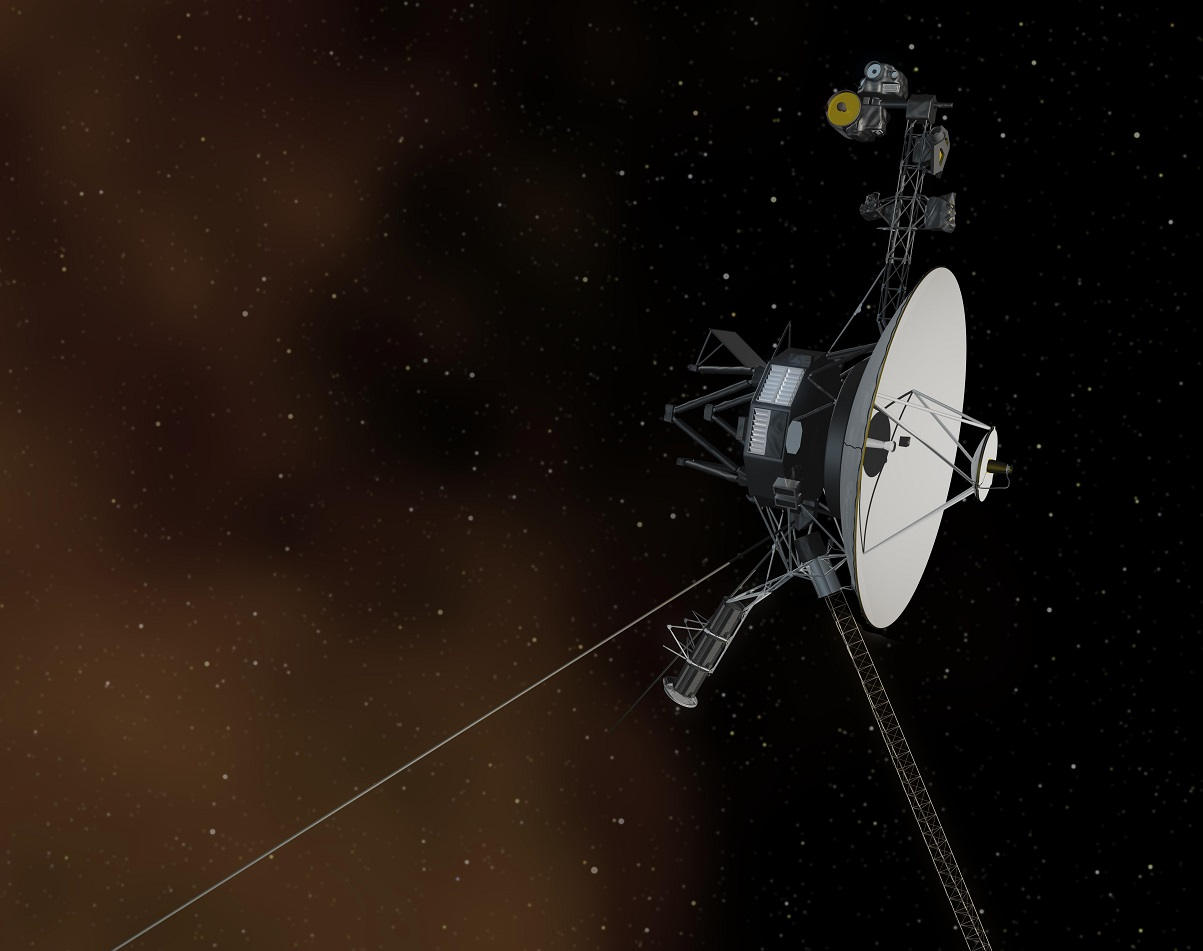The Shaw Prize was established in 2002. It consists of three annual prizes: Astronomy, Life Science and Medicine, and Mathematical Sciences. It honours individuals who have recently achieved significant breakthrough in academic and scientific research or applications and whose work has resulted in a positive and profound impact on mankind.
The Shaw Prize in Astronomy 2019 is awarded to Edward C Stone for his leadership in the Voyager project, which has, over the past four decades, transformed our understanding of the four giant planets and the outer solar system, and has now begun to explore interstellar space.
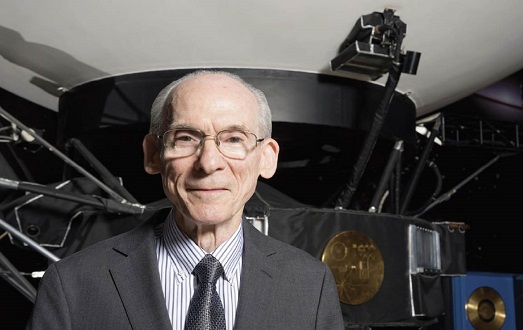
Edward C Stone was born in 1936 in Knoxville, Iowa, USA and is currently David Morrisroe Professor of Physics and Vice Provost for Special Projects at the California Institute of Technology (Caltech), USA. He obtained his Master degree and his PhD in Physics from the University of Chicago in 1959 and 1964 respectively. He then joined Caltech, where he was successively Research Fellow (1964–1966), Senior Research Fellow (1966–1967), Assistant Professor (1967–1971), Associate Professor (1971–1976) and Professor (1976–1994). Since 1994, he has been appointed David Morrisroe Professor and has served as Vice Provost for Special Projects from 2004. At Caltech, he was also appointed Chairman of Division of Physics, Mathematics and Astronomy from 1983 to 1988, Vice President for Astronomical Facilities (1988–1990) and Vice President and Director of the Jet Propulsion Laboratory (1991–2001). He is a member of the US National Academy of Sciences.
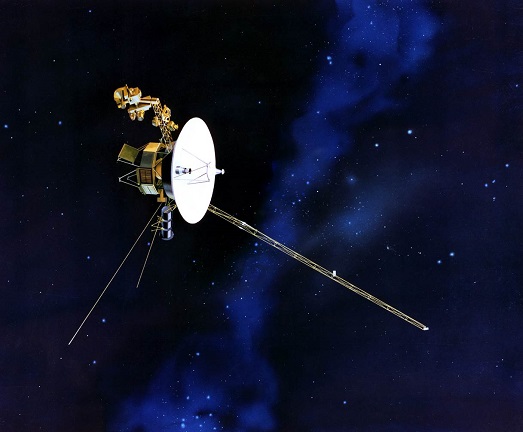
The Voyager project is a NASA mission for exploring the outer planets. It consists of two spacecraft Voyagers 1 and 2 launched in 1977. Having accomplished the primary mission to study Jupiter and Saturn close-up, Voyager 2 also visited Uranus and Neptune. Subsequently, both spacecraft headed away from the solar system and have now entered interstellar space. Voyager 1 also becomes the most distant human artefact now.
The Voyagers dramatically improved our understanding on many aspects of the giant planets, including their masses, shapes, atmospheres, rings and gravitational fields. We learnt much more about the many satellites of the giant planets, and 22 new satellites were discovered. For the foreseeable future, Voyager 2 will remain the only spacecraft visiting Uranus and Neptune. These unique data collected are important for the study of exoplanets, since Uranus and Neptune now appear to be more representative of the bulk of the exoplanet population than the other solar system planets.
Important Dates
| Voyager 1 | Voyager 2 | |
| Launch | 5.9.1977 | 20.8.1977 |
| Jupiter flyby | 5.3.1979 | 9.7.1979 |
| Saturn flyby | 9.11.1980 | 25.8.1981 |
| Uranus flyby | N/A | 24.1.1986 |
| Neptune flyby | N/A | 25.8.1989 |
| Family portrait of the solar system | 14.2.1990 | N/A |
| Entry to interstellar space | 25.8.2012 | 5.11.2018 |
Distance from Earth in 2019
| Voyager 1 | 145 AU |
| Voyager 2 | 120 AU |
(One AU is the distance from the Sun to Earth)
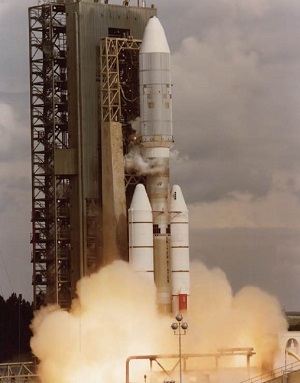
Although Voyager 1 was launched later than Voyager 2, its path allowed it to reach Jupiter earlier than Voyager 2 and so it was called Voyager 1.
Photo credit: NASA/JPL
Photo credit: NASA/JPL
Photo credit: NASA/JPL
Photo credit: NASA/JPL
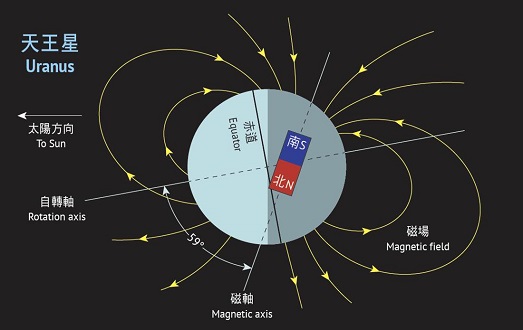
Voyager discovered that the magnetic axes of Uranus and Neptune are greatly tilted from their rotational axes and largely offset from the centres. We can imagine that a compass on these two planets will no longer point to the north poles.
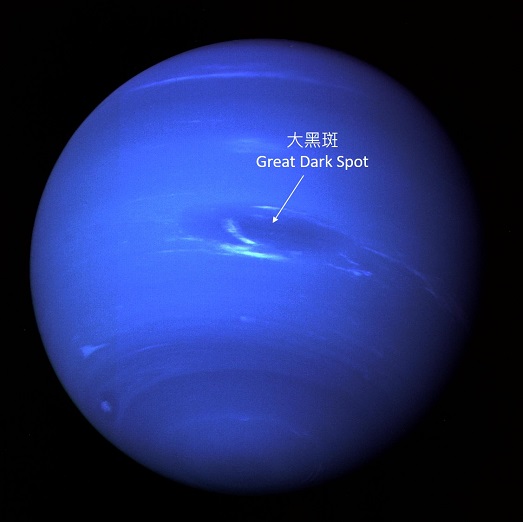
Voyager observed that Neptune had a vast storm system: the Great Dark Spot. Its size was as large as Earth, and the wind speed was up to 2000 km/h near the storm. Neptune is the windiest place in the solar system.
Voyager 1 took the ‘family portrait' of solar-system planets from a distance 6 billion km from the Sun. The image of Earth has come to be called the ‘pale blue dot', which has become an icon for how small we are in the larger universe.
Photo credit: NASA/JPL
Photo credit: NASA/JPL
Photo credit: NASA/JPL-Caltech
Photo credit: NASA/JPL-Caltech/University of Iowa
Please click to hear the sounds
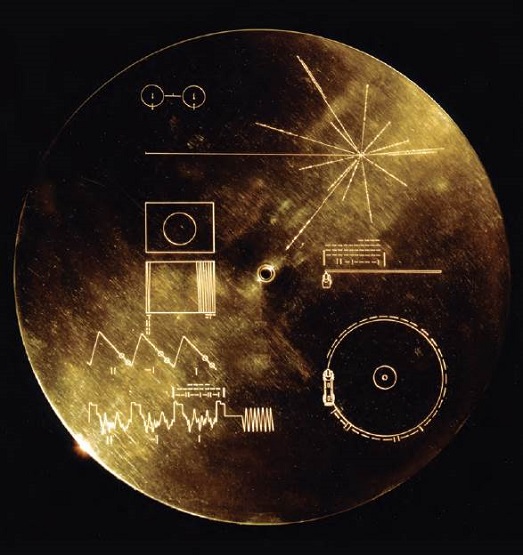
Each Voyager carries a "golden record", a phonograph record which contains spoken greetings in 55 languages, a selection of natural sounds (such as wind blowing), music as well as images to reflect the diversity of life and culture on Earth. It will only be played if Voyager is encountered by an advanced spacefaring civilisation.


